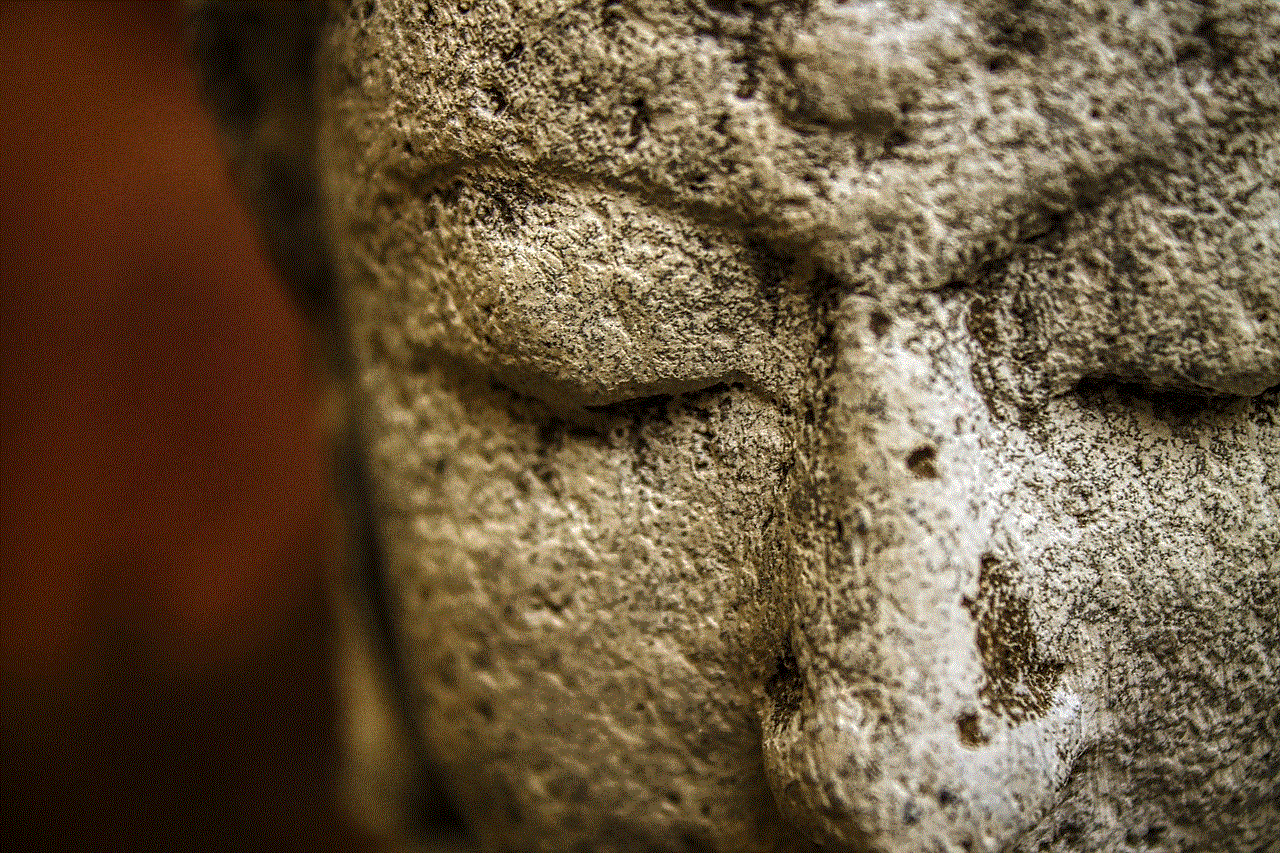omegle chat message
Omegle is a popular online chat platform that connects users from all around the world in random one-on-one conversations. It was created in 2009 by Leif K-Brooks, then a 18-year-old student from Vermont, USA. What started as a simple side project has now turned into a global phenomenon, with millions of users logging in every day to chat with strangers.
The concept of chatting with strangers is not a new one, but Omegle brought it to a whole new level. The platform’s tagline, “Talk to Strangers”, is the essence of what Omegle is all about – connecting with people you would have never met otherwise. It’s a place where you can be whoever you want to be, without any social or geographical barriers.
One of the most intriguing aspects of Omegle is the randomness of the chat. When you log in, you are paired with a completely random person from anywhere in the world. This can lead to some interesting and unexpected conversations, as you never know who you might come across. It’s like a virtual game of roulette, where you have no control over who you will be talking to next.
Omegle’s interface is simple and straightforward. There are no complicated settings or profiles to set up. All you need is a computer or a smartphone with a stable internet connection and you’re ready to chat. The platform offers two options for chatting – text or video. In the text mode, you can have a conversation with another user by typing messages back and forth. The video mode, on the other hand, allows you to see and hear the person you are chatting with through your webcam and microphone.
One of the main reasons Omegle has gained so much popularity is its anonymity. Unlike most social media platforms where users are required to create profiles and share personal information, Omegle allows you to chat anonymously. You are not required to provide your name, age, gender or any other personal details. This gives users the freedom to express themselves without any fear of judgement or consequences.
However, this anonymity can also be a double-edged sword. On one hand, it allows for more open and honest conversations, but on the other hand, it can also attract people who want to take advantage of it. There have been cases of cyberbullying, harassment, and even predators using Omegle to target vulnerable users. To address this issue, Omegle has implemented a “Spy Mode” feature, where a third party can monitor the chat for any inappropriate behavior. Users also have the option to report any suspicious activity or block a user if they feel uncomfortable.
Apart from the main chat feature, Omegle also offers a “Question Mode”, where users can ask and answer questions anonymously. This is a fun way to get to know a stranger and learn about different cultures and perspectives. The platform also has a “College Student” mode, where users can connect with other students from their respective colleges. This feature is only available to users with a .edu email address, ensuring a safer and more trusted environment for college students.
Omegle has also expanded its services to include a mobile app, making it more accessible for users on the go. The app offers the same features as the website, with the added convenience of chatting from your phone. This has further increased the platform’s popularity, especially among younger users.
While Omegle has its share of controversies and risks, it has also brought people together in ways that were not possible before. It has created a space for individuals to express themselves freely, make new friends, and learn about different cultures. It has also been used as a tool for language exchange, where users can practice speaking with native speakers of a particular language.
In conclusion, Omegle is a unique and innovative platform that has revolutionized the way we interact with strangers online. It has its drawbacks, but it also has the potential to bring people from different backgrounds closer together. Whether you are looking for a casual chat or a meaningful conversation, Omegle offers a platform for everyone to connect and share their thoughts and experiences. So the next time you log in, remember that you never know who you might meet and what you might learn.
instagram following people i didn’t follow
Social media has become an integral part of our lives, with platforms like Instagram offering a glimpse into the lives of millions of people around the world. With over 1 billion active monthly users, Instagram has become a hub for sharing photos, videos, and connecting with friends and influencers. However, with such a large user base, it is not uncommon to come across accounts that you don’t remember following. This phenomenon, known as “Instagram following people I didn’t follow”, has left many users puzzled and concerned about their privacy. In this article, we will delve deeper into this issue and try to understand why it happens and what you can do to prevent it.
Firstly, let’s understand what we mean by “Instagram following people I didn’t follow”. As the name suggests, it is when your Instagram account starts following other accounts without your knowledge or consent. This could be someone you have never heard of or a celebrity that you don’t remember following. This can be quite alarming as it raises questions about the security and privacy of our accounts. How can someone else have access to our accounts and follow people on our behalf?
One of the main reasons for this issue is the rise of third-party apps and websites that claim to increase your followers and engagement on Instagram. These apps often require you to provide your login information and access to your account. While some of these apps may be legitimate, others are designed to hack into your account and follow other accounts without your knowledge. In some cases, these apps can even post on your behalf, which can be damaging to your reputation.
Another reason for Instagram following people you didn’t follow could be due to a glitch in the app itself. With regular updates and new features being added, it is not uncommon for social media platforms to experience technical issues. In some cases, this glitch can result in your account following other accounts without your consent. While these issues are usually temporary and get resolved quickly, they can cause a lot of confusion and frustration for users.



Moreover, Instagram has a feature called “Suggested Users”, where it recommends accounts for you to follow based on your interests and activity on the app. While this feature can be helpful in discovering new accounts, it can also result in your account following people you didn’t follow. This happens when you accidentally tap on the “follow” button while scrolling through the suggested users’ list. This is more common for users who have a large following, as they are more likely to be recommended to others.
Now that we have explored the possible reasons for Instagram following people you didn’t follow, let’s look at what you can do to prevent it from happening. Firstly, it is essential to be cautious while using third-party apps and websites that promise to increase your followers or engagement. Always research the app or website before providing your login information, and if possible, avoid using them altogether.
Secondly, keep an eye on your account activity and notifications. If you notice any unusual activity, such as posts or follows that you didn’t make, change your password immediately. This will prevent any further unauthorized access to your account. You can also go to your account settings and check the apps and websites that have access to your account. If you see any suspicious apps, revoke their access immediately.
Another way to prevent Instagram from following people you didn’t follow is to disable the “Suggested Users” feature. To do this, go to your profile, tap on the menu icon, and click on “Settings”. From there, click on “Privacy” and then “Suggestions”. Here, you can turn off the “Suggested Users” feature. This will prevent any accidental follows from happening in the future.
If you are still facing the issue of Instagram following people you didn’t follow, you can report it to Instagram. Go to the profile of the account that you didn’t follow and click on the three dots in the top right corner. From there, click on “Report” and select the appropriate reason for reporting. Instagram takes such reports seriously and will investigate the issue.
In conclusion, Instagram following people you didn’t follow can be a cause for concern, but it is not uncommon. It can happen due to third-party apps, technical glitches, or accidental taps on the “follow” button. However, by being cautious while using third-party apps, monitoring your account activity, and disabling the “Suggested Users” feature, you can prevent this issue from happening. If you are still facing the issue, report it to Instagram, and they will look into it. Remember to always prioritize your account’s security and privacy, and enjoy using Instagram without any worries.
where are downloads on my iphone
The iPhone is a revolutionary device that has changed the way we communicate, work, and entertain ourselves. With its sleek design and advanced features, it has become an essential tool for many people. One of the most common tasks that people use their iPhone for is downloading files, whether it be apps, music, videos, or documents. However, for new users or those who are not tech-savvy, finding the downloaded files on an iPhone can be a bit confusing. In this article, we will explore the answer to the question “where are downloads on my iPhone?” and provide a comprehensive guide to help you easily locate and manage your downloaded files.
Downloading files on an iPhone can be done in various ways, such as through the App Store for apps, iTunes for music and videos, or Safari for documents. Depending on the type of file you are downloading, the location of the downloaded file may differ. For instance, apps are downloaded and installed directly on the home screen, music and videos are saved in the Music app, and documents are stored in the Files app. Therefore, to answer the question of where downloads are on an iPhone, we need to understand the different locations where files are saved based on their type.



Apps are the backbone of the iPhone, and without them, the device would not be as functional as it is. App Store is the official marketplace for iOS apps, and it offers millions of apps in various categories. To download an app on your iPhone, you can either search for it in the App Store or click on a link to the app from a website or message. Once you have found the app you want to download, you can tap on the “Get” button next to it, and then tap on “Install” to begin the download. The app will then be downloaded and installed on your home screen, and you can access it anytime by tapping on its icon.
Music and videos are another popular type of downloaded files on the iPhone. These can be downloaded from iTunes, which is the primary media player and library management software for iOS devices. To download music or videos on your iPhone, you can either purchase them from the iTunes Store or use iTunes to transfer files from your computer to your device. Once the files are downloaded, they will be saved in the Music app, which is the default media player on the iPhone. You can access your music and videos by opening the Music app and tapping on the “Library” tab. From there, you can choose the type of media you want to play and browse through your downloaded files.
Downloading documents on an iPhone is usually done through the Safari browser, which is the default web browser on iOS devices. When you click on a link to a document, such as a PDF or Word file, Safari will automatically download it to your device. However, unlike apps and media files, documents are not saved in a specific app but are instead stored in the Files app. This app acts as a central location for all your downloaded files, and it can be accessed by tapping on its icon on the home screen. From there, you can browse through your files and open them in their respective apps or share them with others.
Another way to download files on an iPhone is through the iCloud Drive, which is a cloud storage service provided by Apple. This service allows you to store files in the cloud and access them from any of your Apple devices, including your iPhone. To download files from iCloud Drive on your iPhone, you can use the Files app, which automatically syncs with your iCloud account. This means that any files you have stored on iCloud Drive will be available on your iPhone, and you can download them by tapping on their icon and selecting the “Download” option.
Now that we have discussed the different locations where downloaded files are saved on an iPhone let’s dive deeper into each location and see how you can manage your downloads. Starting with the home screen, where apps are downloaded, you can easily manage your downloaded apps by organizing them into folders or deleting them when they are no longer needed. To create a folder, you can drag and drop one app onto another, and a new folder will be created. You can then add more apps to the folder by dragging and dropping them, and you can rename the folder by tapping on its name. To delete an app, you can tap and hold on its icon until it starts to jiggle, and then tap on the “X” button on the top left corner of the icon. This will remove the app from your home screen and also delete its data.
Moving on to the Music app, where music and videos are downloaded, you can manage your downloaded files by creating playlists, albums, or deleting them. To create a playlist, you can tap on the “New Playlist” option in the Library tab and then add songs or videos to it. You can also create an album by selecting multiple songs or videos and tapping on the “Add to” option. To delete a song or video, you can swipe left on it and tap on the “Delete” button, or you can use the “Edit” option to select multiple files and then tap on the “Delete” button.
In the Files app, where documents are downloaded, you can manage your files by creating folders, renaming them, or deleting them. To create a folder, you can tap on the “New Folder” option and then add files to it. You can also rename a folder by tapping on its name, and you can delete a file by swiping left on it and tapping on the “Delete” button.
Lastly, in iCloud Drive, you can manage your downloaded files by organizing them into folders, renaming them, or deleting them. To create a folder, you can tap on the “New Folder” option, and to rename a file or folder, you can tap on its name. To delete a file or folder, you can swipe left on it and tap on the “Delete” button.



In conclusion, the answer to the question of where downloads are on an iPhone depends on the type of file you are downloading. Apps are downloaded and installed on the home screen, music and videos are saved in the Music app, documents are stored in the Files app, and files from iCloud Drive are accessible through the Files app. By understanding the different locations where downloaded files are saved and learning how to manage them, you can easily find and access your downloaded files on your iPhone. So the next time you are wondering where your downloads are, just remember to check these locations, and you will find your files in no time.